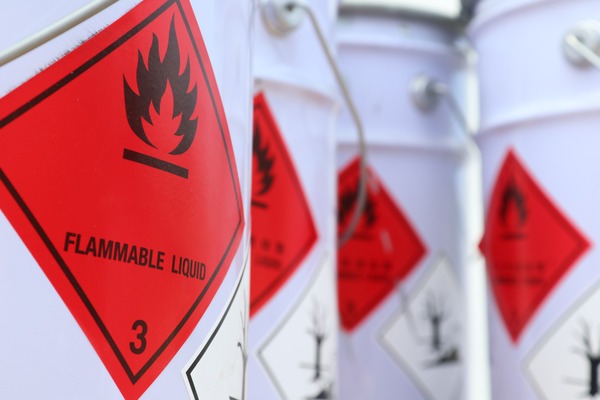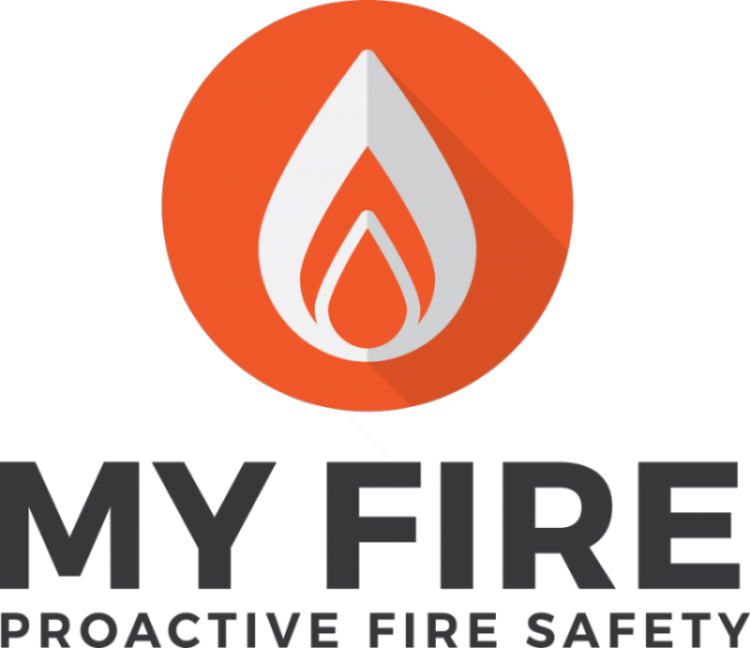30 Sep DSEAR
What is DSEAR? (Dangerous Substances and Explosive Atmospheres Regulations 2002)
.
DSEAR is concerned with the danger that can arise from fire, explosions and other events which involves dangerous substances in a workplace. Under this regulation, the minimum requirement for the protection of workers is set so that they could be kept safe from hazardous matter, gases under pressure, and corrosive substances. (How to Prevent Fires in the Workplace). For an explosive atmosphere, different ‘zones’ are allocated. These are categorized on the basis of the explosive atmosphere of the area.
It is necessary that after carrying out safety measures, an assessment should be performed. We provide services of risk assessment for explosive substances by our trained personnel having updated knowledge and experience.
Who Is Accountable for Compliance?
If you run a business or self-employed, you have the responsibility to take measures according to the regulations of D.S.E.A.R for the safety of the staff.

What Should an Employer Do?
Following are key points that should be considered by the employer in order to ensure safety.
- Know about explosive and inflammable substances in the workplace.
- Understand the risks posed by fire and explosions.
- Implement controls to reduce the risk of a fire-related emergency.
- Prepare procedures and plans to deal with emergencies.
- Avoid unnecessary ignition sources in high-risk areas.
- Inform the employees and train them for any fire and explosives related incident.
What Needs to be Considered for a DSEAR Assessment?
Aspects should be checked for assessment:
- Properties of explosive substances.
- Quantity.
- Management, storage, and transportation.
- To which extent the ignition sources are required.
- Possible damage caused by explosives and corrosive substances.
Explosives are hazardous and can create harmful effects physically such as heat radiation, oxygen depletion and others that may also lead to death.
To avoid any unwanted fire-related incidents and ensure safety, the Dangerous Substances and Explosive Atmospheres Regulations (DSEAR) needs to be implemented in the workplaces or work sites.
Any sites where explosives are produced, stored, used, or present come under the category of risk areas where risk assessments should be performed and safety measures should be taken properly.
What is DSEAR & When Do the Regulations Apply?
The types of activities that are covered under this regulation are:
- Storage and handling of waste dust in industries.
- Petrol storage for cars, boats or another sort of machinery.
- Uses of gases (flammable) such as acetylene.
- Any type of work that encompasses the production of flammable substances such as methane.
- Storage or use of flammable solvents in laboratories.
- Transportation of flammable substances to or from the workplace.
- Storage, handling, and filling of aerosols.
- Other flammable goods such as paints, bulk powders.
- Manufacturing, processing and warehousing.
- Storage, handling, and use of gases under pressure and the substances that are corrosive to the metal.
- Offshore and onshore petrochemical industries.
DSEAR Is Applied to
1. ATEX
Flammable gases, vapours, mists, or combustible dust can cause serious problems in the workplace like damage to the premises, financial loss, and life-threatening injuries to the workers. The explosive or flammable substances are required to be classified into different zones based on the risks they pose. It is crucial to reduce the risk of any undesired fire emergency.
2. Petroleum
Petrol is a highly dangerous substance which does not only cause a fire in liquid form but can also produce flammable vapours even at low temperatures. That means this commonly used fuel can be a serious risk in the presence of an ignition source.
Petroleum is covered under DSEAR specifically for its storage, dispensing, and use. Get Fire Extinguisher Training.
3. Substances Corrosive to Metal and Gases under Pressure
Pressurized gases (such as gases in the cylinder) give rise to the chance of explosion if not handled or stored correctly in the workplace. Additionally, the substances which corrode metals could be a source of structural damage, minimizing the integrity of the structures if not contained properly.
4. Celluloid
Cellulose nitrate is a material used in cinematographic films and photographic negatives by individuals or groups in homes or premises other than the workplace. These are also stored in homes and are very harmful as it catches fire easily which become difficult to put out.
What is DSEAR Dangerous Area Classification
Hazardous area classification can be defined as the method of analyzing and categorizing the environment where explosive gases or substances may occur. The major purpose of this classification is to assist the installation of the apparatus that can be used safely in that environment, considering the properties of explosive substances present in that premises.
Based on the frequency of occurrence and the time span of the explosive gas atmosphere, the hazardous areas are classified into different zones.
- Zone 0: An area in which an explosive gas atmosphere is present continuously or for long periods.
- Zone 1: An area in which an explosive gas atmosphere is likely to occur in normal operation.
- Zone 2: An area in which an explosive gas atmosphere is not likely to occur in normal operation and, if it occurs, will only exist for a short time.
Many sources have tried to place time limits on to these zone classifications, however none have been officially adopted. Common values used are as follows:
- Zone 0: Explosive atmosphere for more than 1000h/yr.
- Zone 1: Explosive atmosphere for more than 10, but less than 1000 h/yr.
- Zone 2: Explosive atmosphere for less than 10h/yr, but still sufficiently likely as to require controls over ignition sources.
Regulation summary
Below you will find a detailed summary of the essential requirements of the D.S.E.A.R regulation to support those who are looking to see D.S.E.A.R compliance.
Regulation 5 asks for assessments that identify:
- The chances of an explosive atmosphere occurring.
- The persistence of that explosive atmosphere.
- The properties that are hazardous within the substance.
- The volume of the substance.
- The arrangements for the safe handling of dangerous substances.
- The arrangements for the safe storage of dangerous substances.
- Maintenance activities where there is a level of high risk.
- Measures that will or have been taken to adhere to the regulations.
- Level of the effects of an explosion or a fire.
- Areas that can be accessed via an opening that is connected to an area in which an explosive atmosphere may happen.
Regulation 6 requires building owners & employers to:
- Reduce the number of risks to the best of their capability.
- Control any releases that may occur.
- Minimise the risk of an explosive atmosphere forming.
- Reduce the number of staff exposed.
- Explosion pressure relief provisions.
- Safely transport flammable materials.
- Safely store flammable materials.
- Safely handle flammable materials.
- Maintain measures to ensure the continuation of risk reduction.
Dangerous Substances and Explosive Atmospheres Regulations 2002 (DSEAR).
If you would like to arrange a free fire risk consultation, contact us
My Fire Safety. Co-Space, 25 Town Square, Stevenage, SG1 1BP. 0800 999 11 25











Sorry, the comment form is closed at this time.